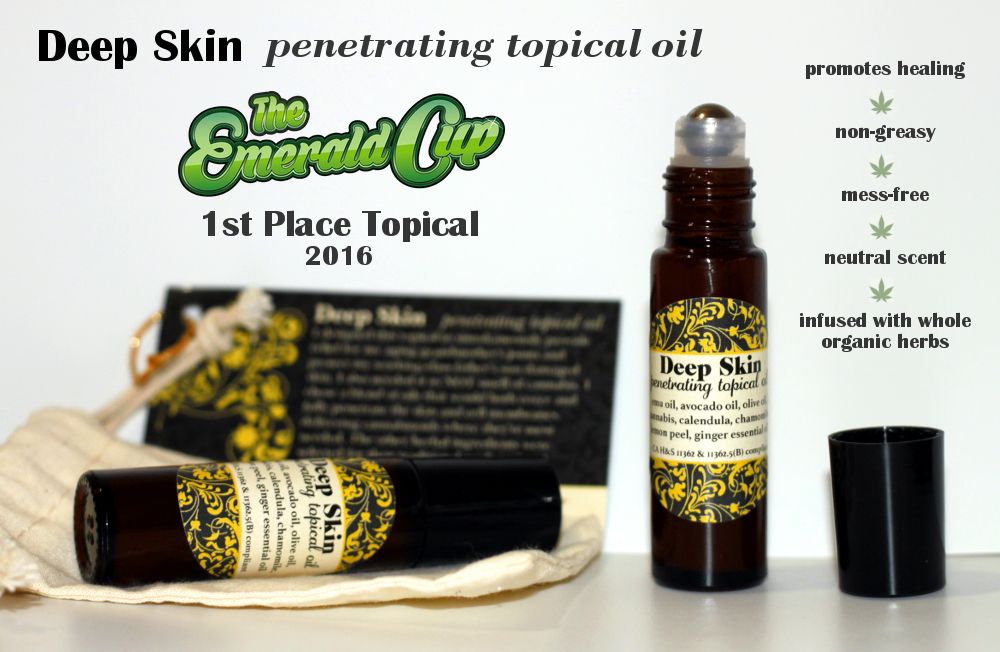
Before I was the owner of a cannabis business in a regulated market, I considered laws to be a broad category of things, all falling under that one word. Law. Rules we laws, regulations were laws, statutes were laws, etc. And while it’s true that violating a rule, regulation, or statute can result in charges being filed pursuant to laws, you’re going to be charged with something like Securities Fraud, not specifically violating the constraints of rule 504(1) of Regulation D. That might be a bad example, but hopefully you get the idea.
Because of the difference between laws, rules, regulations, and statutes, California cannabis companies have a massive packaging problem.
California’s current recreational cannabis regulatory system was enacted in accordance with the wishes of voters who passed Proposition 64 in 2016. In that lengthy, woefully misrepresented proposition was included the assurance to voters that all cannabis products would be sold/distributed in child-resistant packaging, and that would not be branded in such a way so as to be particularly appealing to children. After that, it was left up to regulators to decide just what that means, and establish rules and guidelines for enforcement. This phrasing, Child Resistant Packaging, is statute. It is indelible. No amount of common sense on the part of regulators crafting the regulatory specifics can circumvent it.
Notice how I said that regulators have established rules for the purpose of enforcement? That means that guidelines do not have to be met in order to put a product on a shelf. No one from the Department of Health and Safety will evaluate and certify that you are in compliance. It is only after you’ve spent tens of thousands of dollars, or more, on branding, packaging, marketing, labeling, contents, and distribution that you may be informed, tomorrow or months from now, that your product doesn’t comply.
You might think it’s easy.
How hard can it be? Just follow the rules, right?
It’s a problem of interpretation. A statement that amounts to “don’t make cannabis products look like candy” has ended up as a de-facto ban on any friendly-shaped gummy product like worms, bears, rings, fruit, etc. And you better not use any bright colors on your packaging, because that might be construed as targeting children. Even though many patients enjoy lollypops as a form of medication (and you can even find child-resistant packaging for such things) your products can end up pulled from shelves at the discretion of an inspector, even if they’ve passed previous inspections.
Let’s get back to that Child-Resistant packaging issue, though. Do you know what it means to be child-resistant? You might think that you do. Push-down-and-twist caps, lighter guards…. How many more examples can you think of? How many types of child-resistant packaging is the average consumer familiar with?

The fact is, for so long so few options for CR packaging have existed that even things that really should probably be in resistant packaging are waved by. There are lots of topical medications that must be kept out of the hands of children (think hormone creams), but virtually no child-resistant packaging options for them. The pharmaceutical industry gets a pass, allowed to distribute these items with merely a warning: “Keep away from children”. But because of statute, already fiscally burdened cannabis startups are also finding themselves having to meet standards that require new innovation, patents, certification processes, and 100,000 unit minimum production volumes.
Protecting children is a noble goal, but how does it make sense that Vodka has a twist-off cap and definitely can kill you, but a cannabis-infused lotion that isn’t psychoactive and tastes disgusting has to set the standard for the entire cosmetic and topical pharma industry?
Since January a majority of topicals and edibles makers have gone out of business. A huge factor in this is the burden of having to comply with CR rules, when the actual CR packaging doesn’t exist. Have you ever heard of a child-resistant roll-on? Me neither. How about a child-resistant lip balm tube? Deodorant? Child-resistant bar soap? Gum? Crackers? Bath bombs?
The travesty in this is that these are the products that are designed to be medicinal. For cancer patients, high-dose edibles were a lifeline. Now they’re not even allowed to exist. For the patients I used to serve, my roll-on topical was critical for ensuring ease of use for people with severe disfigurement and arthritis. But it doesn’t fit the guidelines. These items are not for fun and recreation. They were never meant to be included under these blanket dictums, but the overreaching of lawmakers led to the obliteration of the protections previously enjoyed by cannabis patients in California, and brought all concerns under the umbrella of some impronouncably long acronym of a bill. Or law.
Honestly, I still can’t figure out the difference.
good
Downvoting a post can decrease pending rewards and make it less visible. Common reasons:
Submit
Congratulations @soapistry! You have completed some achievement on Steemit and have been rewarded with new badge(s) :
Click on any badge to view your own Board of Honor on SteemitBoard.
For more information about SteemitBoard, click here
If you no longer want to receive notifications, reply to this comment with the word
STOPDownvoting a post can decrease pending rewards and make it less visible. Common reasons:
Submit